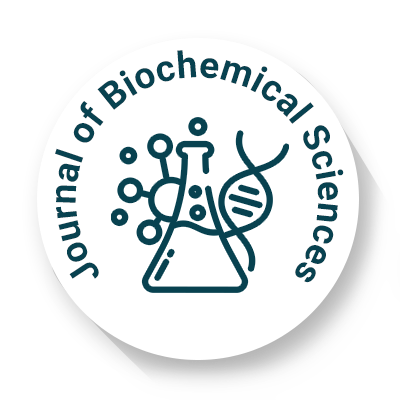
Journal of Biochemical and Sciences
OPEN ACCESS

OPEN ACCESS

1Department of Environmental Science, Institute of Bioscience and Biotechnology, Chhatrapati Shahu Ji Maharaj University, Kanpur, India
2Ministry of Environment, Forest and Climate Change, New Delhi, India
The current review aims to explore potential methods for reducing carbon emissions based on recent developments in carbon sequestration. Carbon dioxide (CO2) emissions are widely recognized as one of the primary Greenhouse gases (GHGs) contributing to global climate change. Carbon sequestration plays a crucial role in effectively mitigating carbon emissions through various approaches such as establishing green areas within industrial zones, minimizing waste generation, promoting renewable energy generation, conserving natural resources, practicing energy conservation, and implementing solid waste reuse, recycling, and recovery methods. Other techniques involve capturing and sequestering carbon using methods like pre-combustion and post-combustion CO2 capture, employing membrane separation, adsorbent-based processes, amine scrubbing, cryotechnology, direct gas-solid carbonation, direct aqueous carbonation, and indirect carbonation. Furthermore, in addition to this abiotic carbon sequestration, diatoms have recently been recognized as some significant contributors to carbon sequestration methods, diatoms have been as to carbon sequestration, particularly in oceanic ecosystems where they serve as primary producers. Thus, this review provides an overview of the main techniques employed in carbon sequestration, which contribute to the reduction of global carbon emissions and address the larger issue of climate change.
Received 15 October 2023; Revised 8 February 2024; Accepted 20 February 2024
1Department of Environmental Science, Institute of Bioscience and Biotechnology, Chhatrapati Shahu Ji Maharaj University, Kanpur, India
2Ministry of Environment, Forest and Climate Change, New Delhi, India